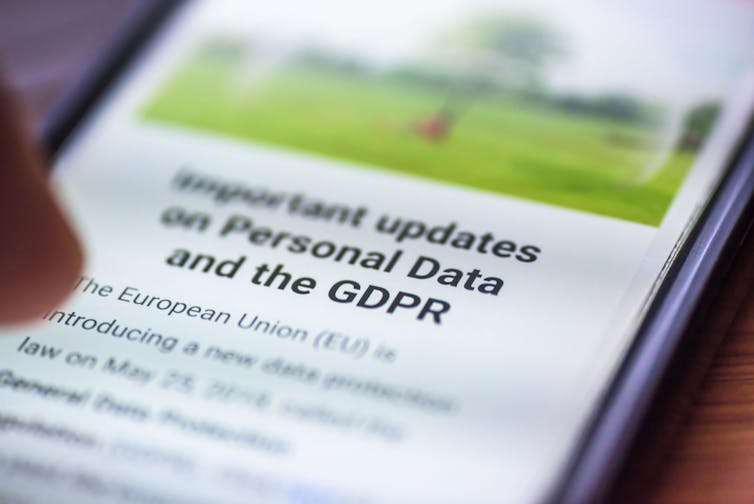How should Australia capitalise on AI while reducing its risks? It's time to have your say
The artificial intelligence boom means a multi-trillion dollar industry is coming into existence before our eyes. With great opportunity come great risks, as two important new Australian reports show.



